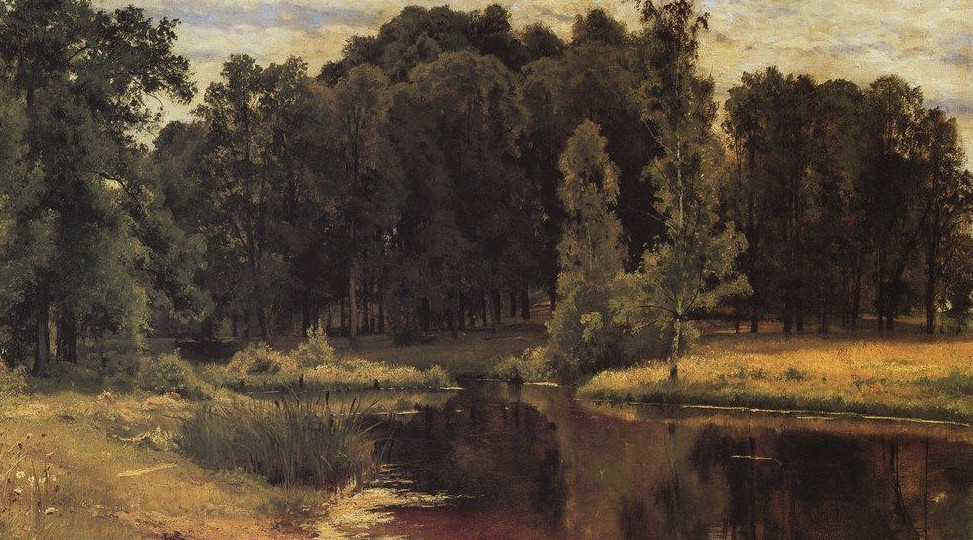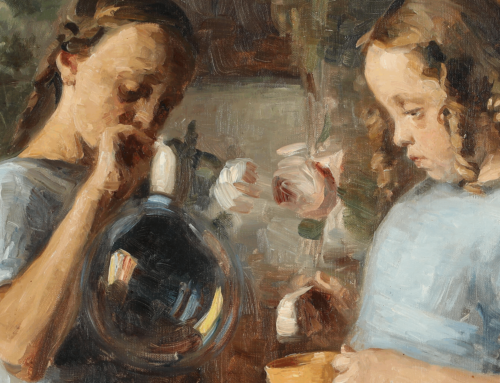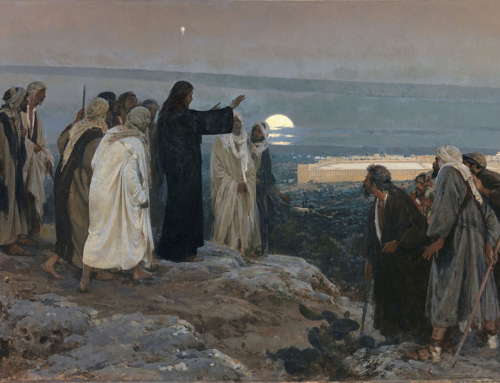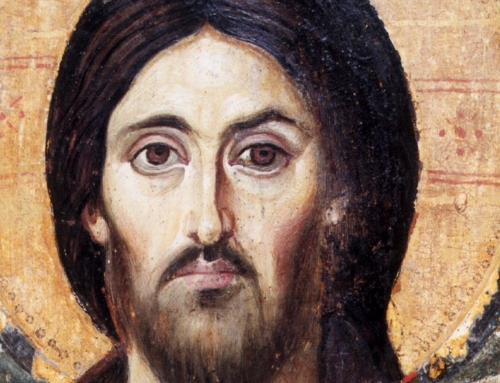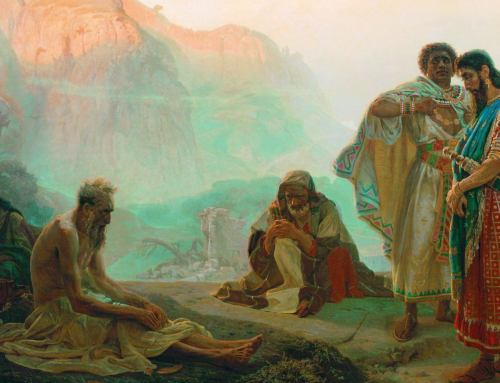2025 Summer Reading Recommendations
Demons: A Novel in Three Parts by Fyodor Dostoevsky
When a culture is sick, how can it be cured? If an entire people is possessed, how can they be freed? Is such a thing even possible at all?
Dostoevsky’s classic work Demons (formerly translated as The Possessed) follows some notable members of a provincial Russian town during the late 19th century—a period haunted by several specters that move and motivate the town’s elite. An elderly and outmoded teacher spurns Russian culture in favor of Renaissance ideals of beauty. A crazed and chillingly calm engineer contemplates suicide as a way of becoming God. A young and magnetic man gains many rabid followers, but does not himself know where to lead them. Most disturbingly, a socialist organizes a plot to murder an innocent man in the pursuit of group unity—one soul is a tiny price to pay for the sake of a new Russia. In the wake of these demoniacs, townspeople are swept in, neighborhoods burn, and chaos prevails. The citizens wonder: what is to be done?
Amid this dilemma, Dostoevsky focuses on the magnetic young man, Nikolai Stavrogin. Burdened with expectations of greatness as a youth, he later becomes a numb moral actor and bitter scoundrel, committing severe crimes and intentionally sabotaging his respectability. He is possessed, fascinated by the feeling of power he has in self-destruction. Nikolai’s struggle frames the heart of the work. As Dostoevsky recorded in a note to himself, “Stavrogin is everything” (xii).
During a visit to a monk, we catch a glimpse of Nikolai’s potential. The wise monk, Tikhon, reads Nikolai’s confession and manifesto. Much to Nikolai’s surprise, the monk is undisturbed. Tikhon sees that Nikolai understands more than many lesser men—he has plumbed the depths of his evil deeds and come to know them as they are. With a divine vantage point, Tikhon can say “The whole world is filled with all these horrors. But you have felt the whole depth of it, something which rarely happens to such an extent” (707). Tikhon sees Stavrogin as he is: a man with great potential who cannot choose the path of tepidity. Nikolai stands at the crossroads of great good or great evil—a life of radical penance, or a life of murder and anarchy.
Dostoevsky frames the healing of the culture within the moral struggle of the individual. After all, the culture is composed of the moral stories of its members. The struggle of Nikolai is the struggle of the culture.
In the final section of the book, we get a sense of Dostoevsky’s prayer for the Russia of his day. He foresaw the potential for destruction, or for greatness. In a kind of vision, a major character hears with opened ears the account of Christ, the Gerasene demoniac, and the herd of swine from the Gospel of Luke. He understands—Russia is like the possessed man. If Christ comes to Russia, “a great will and a great thought will descend to her from on high, as upon that insane demoniac, and out will come all these demons, all the uncleanness, all the abomination that is festering on the surface” (655). The demons of nihilism, unbelief, falsity, and murder will be cast out as a herd of swine. The swine in a chaotic swirl will drown themselves, and for a time destruction may reign. Dostoevsky’s great prayer then is that “the sick man will be healed, and ‘sit at the feet of Jesus’ . . . and everyone will look in amazement” (655).
History has given us perspective on Dostoevsky’s work. In the few decades after he wrote Demons, revolution spread across Russia in a wave of chaos which has yet to end. All cultures and all eras face a similar trial. We can look at the America of our time with Dostoevsky’s eyes—with a similar worry and yet with a similar hope. The solution to our culture’s demons? It is now as it was then: seek God.
✠
Image: Ivan Shishkin, Pond in an Old Park

